1. Sin Eater
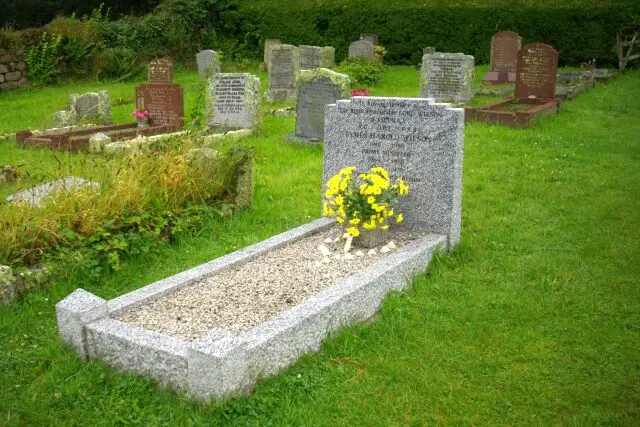
Back in medieval Europe, especially in parts of England and Wales, sin eaters had one of the strangest jobs around. When someone died, the family would hire a sin eater to symbolically take on the dead person’s sins. The job involved eating a piece of bread or pastry that had been placed on the deceased’s chest, while reciting prayers. The belief was that this act transferred the sins of the departed to the sin eater, allowing the soul to enter heaven clean says Wikipedia.
Oddly enough, sin eaters were paid surprisingly well for their services, often receiving food, drink, and a decent sum of money. Given how deeply people feared for their loved ones’ souls, families were willing to pay handsomely. The downside, of course, was the social stigma. Sin eaters were often outcasts, seen as spiritually contaminated. But for those desperate for work, the pay made it worth it. This bizarre profession faded out by the 19th century as religious beliefs evolved adds Atlas Obscura.
2. Whipping Boy
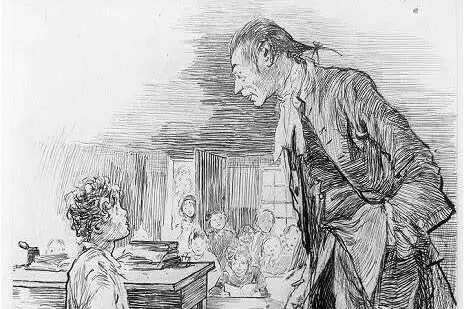
In royal courts, especially in 16th and 17th century England, the whipping boy had a job that sounds more like a cruel joke than actual employment. When a young prince misbehaved or failed his studies, the prince couldn’t be punished directly due to his royal status. Instead, the whipping boy was beaten in his place, with the idea that the prince would feel guilt seeing his friend suffer shares Aspects of History.
Despite the obvious downside, whipping boys were well-compensated for their unique role. They lived in luxury, had access to education, and often formed close bonds with royalty. In some cases, these friendships led to powerful positions later in life. While the physical toll was real, many saw the long-term benefits as worth the short-term pain. Today, the phrase “whipping boy” lives on as a metaphor, though thankfully, the job itself no longer exists adds All That’s Interesting.
3. Leech Collector

During the 18th and 19th centuries, leeches were a hot commodity in medicine, used for bloodletting and other questionable treatments. Leech collectors made their living by wading into marshes and ponds, allowing the bloodsuckers to attach to their bodies. Once full, the leeches were harvested and sold to doctors and apothecaries.
Surprisingly, leech collectors could earn a decent living, especially if they supplied to high-demand cities. The job required courage and a high pain tolerance, given the constant risk of infection and blood loss. Some collectors even trained animals like horses to attract leeches instead. As medical science advanced and bloodletting fell out of favor, the demand for leeches dropped. But for a time, these collectors made a small fortune in a very messy line of work.
4. Gong Farmer
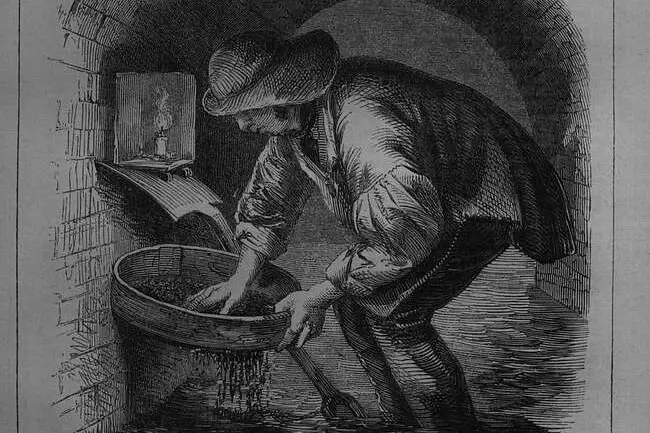
In Tudor England, gong farmers had the unenviable task of cleaning out cesspits and privies. They worked at night, removing human waste and hauling it outside the city. The stench was unbearable, and the job was incredibly hazardous, with risks of disease and accidental drowning.
Yet, gong farmers were paid surprisingly well because few people were willing to do such filthy work. Some even became quite wealthy, especially in larger cities where demand was high. Their pay reflected not just the labor, but the sheer unpleasantness of the task. Despite the money, gong farmers were social pariahs, often forced to live on the outskirts of town. Still, in an era with few employment options, it was a job that could provide financial security.
5. Resurrectionist

In the 18th and early 19th centuries, medical schools faced a serious shortage of cadavers for dissection. Enter the resurrectionists, or body snatchers, who illegally dug up freshly buried corpses to sell to medical institutions. The work was secretive, risky, and carried heavy legal penalties if caught.
Despite the dangers, resurrectionists earned a substantial amount for each body they delivered. Some even operated in organized gangs, carefully planning their grave robbing missions. The demand for cadavers was so high that doctors often turned a blind eye to where the bodies came from. Eventually, laws changed to allow for legal donation of bodies, putting resurrectionists out of business. But for a time, they made good money in one of history’s creepiest professions.
6. Knocker-Up

Before alarm clocks were common, workers in industrial cities needed a reliable way to wake up on time. Knocker-ups filled this need by tapping on windows with long sticks or shooting peas at the glass to wake clients up. Some even used small hammers or customized tools to make sure they didn’t break the windows.
The job might sound simple, but knocker-ups were paid well for their dependability and early hours. Factory owners and shift workers relied on them to avoid being late. Many knocker-ups built loyal client lists and made a steady income, especially in booming industrial towns. The profession began to disappear in the mid-20th century as alarm clocks became affordable. Still, for decades, this quirky job offered steady, reliable pay.
7. Court Jester

In medieval courts, the court jester was far more than just comic relief. They entertained nobility with jokes, stories, and physical comedy, but also provided sharp political commentary that others could not safely voice. Their unique role allowed them a surprising amount of freedom to criticize royalty without severe consequences.
Jesters were often handsomely paid, receiving room, board, and salaries that surpassed many other servants. The job came with prestige, as jesters performed directly for kings and queens. Some even became trusted confidants to powerful rulers. Of course, the job required quick wit and sharp intelligence to avoid crossing dangerous lines. When done well, being a jester was both lucrative and surprisingly influential.
8. Ice Cutter
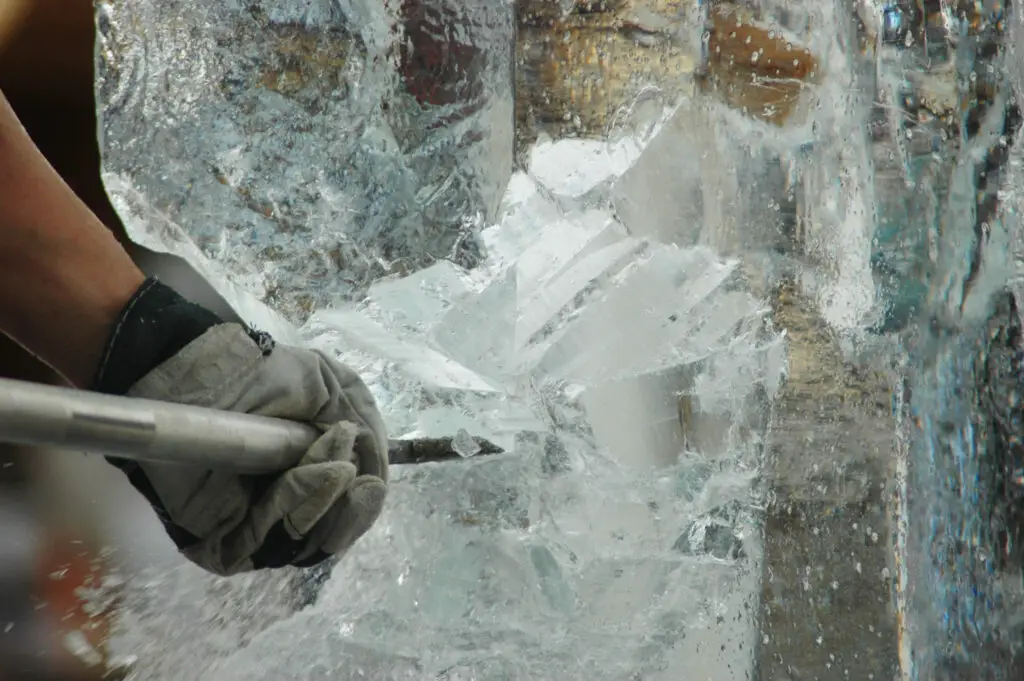
Before refrigeration, ice cutters braved the cold to harvest huge blocks of ice from frozen lakes and rivers. These blocks were stored in insulated ice houses and sold throughout the year for food preservation and cooling. The work was physically demanding and dangerous, with risks of falling through thin ice or being injured by heavy equipment.
Despite the risks, ice cutters could earn good money, especially during harsh winters when ice was plentiful. The ice industry was booming in the 19th century, particularly in the northeastern United States. Some workers even became wealthy business owners as demand spread globally. The invention of mechanical refrigeration eventually made ice cutting obsolete. But for decades, it provided solid incomes for those tough enough to handle the job.
9. Powder Monkey
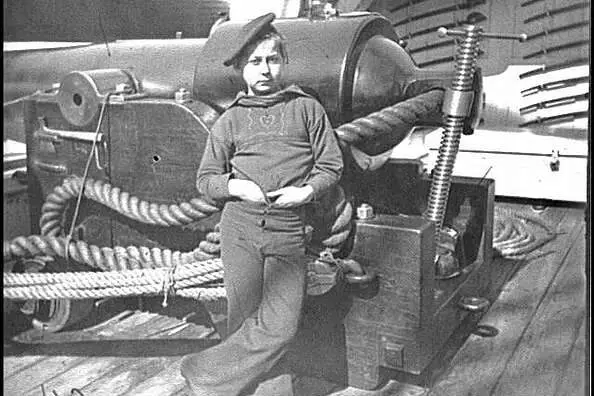
During the Age of Sail, powder monkeys were young boys tasked with carrying gunpowder from the ship’s hold to the cannons during battle. The job was incredibly dangerous, as they had to move quickly through crowded decks while avoiding enemy fire and explosions. Many powder monkeys were as young as 12.
Though perilous, the job offered pay that was high for children of their time, along with the promise of adventure and steady meals. Some even worked their way up the ranks to become respected sailors. Their small size allowed them to move quickly and efficiently in tight spaces. Despite the danger, many poor families saw this as an opportunity for their sons to secure a better future. Today, the term “powder monkey” remains a symbol of youthful bravery at sea.
10. Town Crier

Before newspapers and mass media, town criers were responsible for delivering news to the public. Dressed in elaborate uniforms, they rang bells and shouted announcements in the town square. Their proclamations ranged from royal decrees to local news and even advertisements.
Town criers earned good wages and often received additional payments from businesses to promote goods and services. They were respected figures in their communities, serving as the voice of official information. The job required a strong, clear voice and the ability to memorize lengthy proclamations. While technology eventually made them obsolete, town criers enjoyed steady pay and a certain celebrity status in their day.
11. Executioner
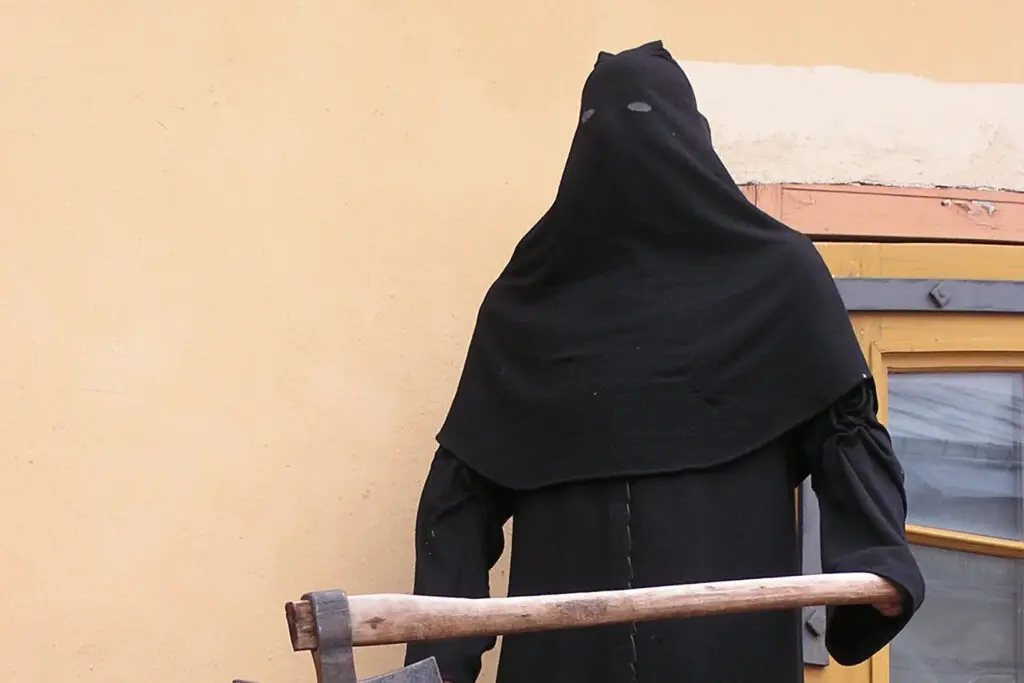
As grim as it sounds, being an executioner was once a well-paying government job. Executioners carried out capital punishment and were often employed by royal courts or local governments. They were trained to perform executions swiftly and as humanely as possible, using swords, axes, or gallows.
Because the job was so socially stigmatized, executioners were compensated generously. Some were even granted special privileges or land. In some regions, the position was hereditary, passed down through families who became experts in their craft. The public nature of executions added to the pressure, requiring nerves of steel. While few envied their profession, the financial rewards were undeniable.
12. Dog Whipper

In medieval Europe, churches employed dog whippers to keep stray dogs out of services. Equipped with a long whip or rod, these workers patrolled the aisles to chase away any dogs that wandered inside, ensuring the congregation could worship undisturbed.
Despite the seemingly odd nature of the job, dog whippers received steady wages and were important to maintaining church decorum. In some communities, the position came with a uniform and a bit of local prestige. The job required patience and a gentle but firm hand to avoid injuring the animals. Over time, as churches became better enclosed, the need for dog whippers faded. But for a period, they made an honest living in one of history’s strangest professions.
